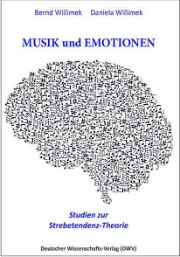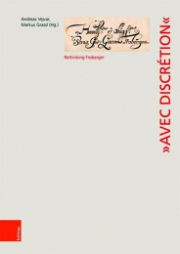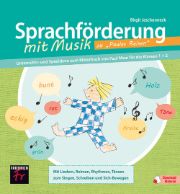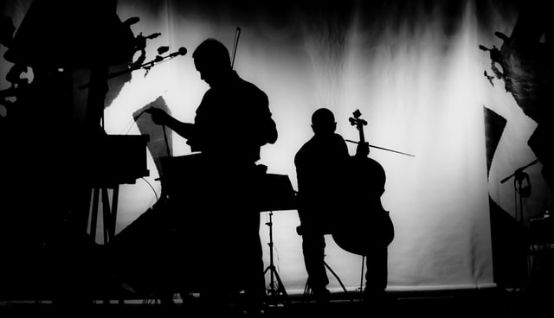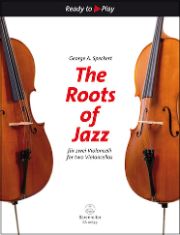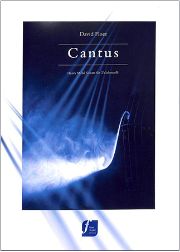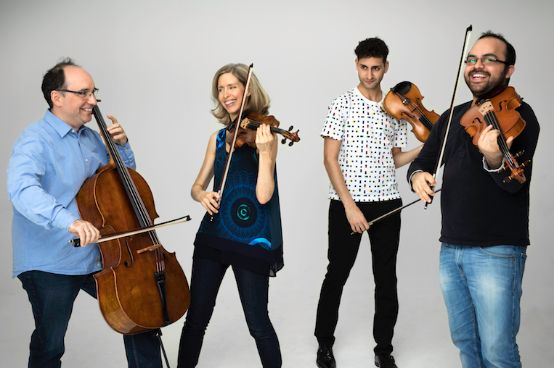Leopold Mozart twice
An analytical approach by Eric Broy; Silke Leopold provides biographical information with a historical context.
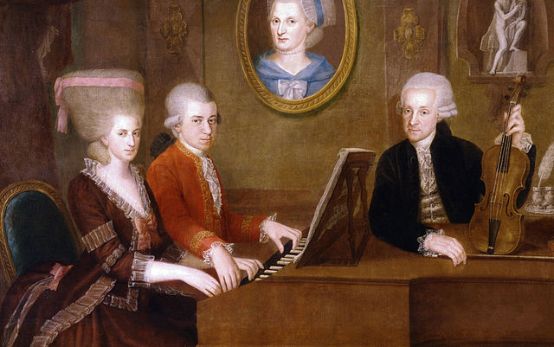
Two contrasting books were published in 2019 to mark the 300th anniversary of Leopold Mozart's birth. Erich Broy researched the compositional style that moved away from the basso continuo and towards the Italian opera symphony. He used Wolfgang Amadeus' works for boys and the first movements of Leopold Mozart's symphonies as material. Leopold drew on the theoretical writings of Joseph Riepel, who described composing as a componere (putting together precisely defined bar parts). The masterly way in which the father taught his son can be seen in the rapid progress in his works KV 1 to KV 7 and also in the many similarities between the compositions - which causes confusion in the attribution and speaks for the quality of Leopold's work!
The scientifically precise analyses based on many musical examples in the text and in an additional volume of sheet music require professional knowledge; readers can familiarize themselves with the text with the help of musikanalyse.net/tutorials make yourself smart. The table on pages 307-309, which lists all of Leopold Mozart's known symphonies with details of the source and its dating, authenticity, stylistic classification and presumed date of composition, is valuable. In this context I mention the book by Christian Broy, Eric's brother, on the transmission of the sources and Leopold Mozart's distribution strategy (On the transmission of Leopold Mozart's large-scale musical works, Beiträge zur Leopold-Mozart-Forschung, vol. 5, Wissner Musikbuch, Augsburg 2012).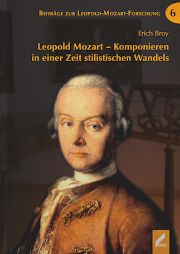
Silke Leopold enthusiastically allows us to participate in Leopold Mozart's self-sacrificing life. Even the two-column chronological table in the appendix makes the European significance of his work clear: in addition to Leopold's family data and activities, the second column shows the most important political and cultural events that he witnessed - an interesting history lesson!
The main section, illustrated in color, tells in seven chapters (each clearly divided with red quotation headlines) how the father, who was a bookbinder in Augsburg, gave Leopold a privileged Jesuit education, how Leopold cleverly established himself in Salzburg among the capricious or generous archbishops, married and marketed his works. Like a nobleman, he took his children on extensive educational trips, making useful contacts and doing business throughout Europe, while at the same time paving the way to success for his children. The many letters quoted show a great deal of intellect, authority, feeling and humor. For example: his judgments on the various denominations of Europe - including his own - become increasingly critical the further he moves away from Salzburg. The author demonstrates Leopold's genius for tone painting in vivid analyses of some of his compositions. The significance of his violin school is embedded in the context of other instrumental schools of the time. The hardening of his relationship with his "unreasonable" and profligate son is tragic, while the grandfather's concern for Leopoldli, Nannerl's son, is touching. The prominent author shines with scholarship and narrative power.
Eric Broy: Leopold Mozart - Composing in a time of stylistic change, Beiträge zur Leopold-Mozart-Forschung, Vol. 6.1 and 6.2 (sheet music volume), together 506 p., € 59.80, Wissner Musikbuch, Augsburg 2019, ISBN 978-3-95786-162-7
Silke Leopold: Leopold Mozart - "A man of much wit and wisdom", A biography, 280 p., € 29.99, Bärenreiter/J.B. Metzler, Kassel/Stuttgart 2019, ISBN 978-3-7618-2086-5
Catalog of works by Leopold Mozart:
Cliff Eisen: Leopold-Mozart-Werkverzeichnis (LMV), Beiträge zur Leopold-Mozart-Forschung, Vol. 4 (ed. Internationale Leopold Mozart Gesellschaft), 272 p., € 39.80, Wissner Musikbuch, Augsburg 2010, ISBN 978-3-89639-757-7







